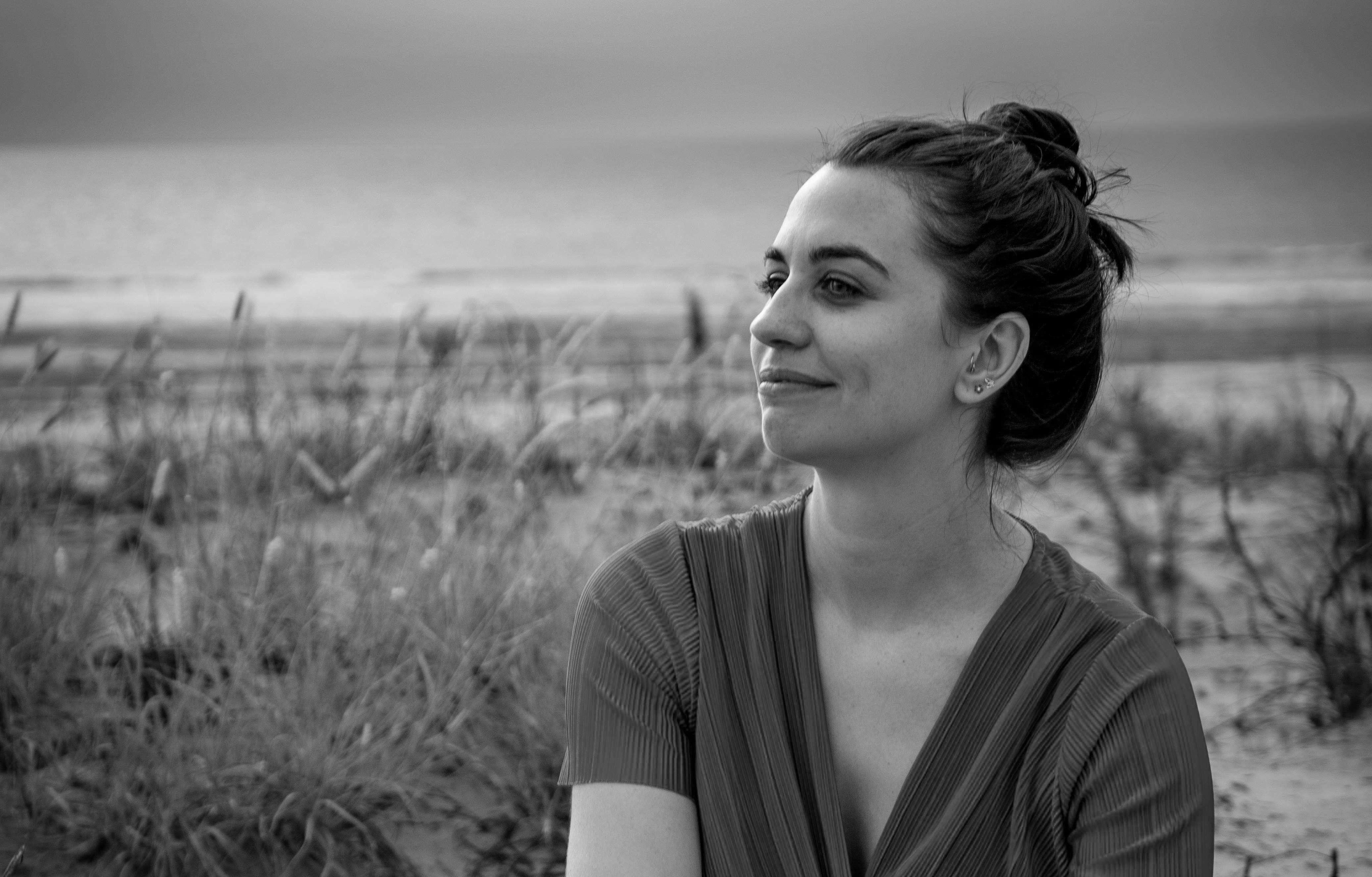
I wasn’t entirely prepared for the Canberran rain and cold. Late November, ostensibly summer, and my last trip to the capital at the same time of year almost a decade earlier had shocked me with a week of perfect blue-skied thirty-degree days. Naively, I’d expected the same this time around. I’d packed a raincoat but no umbrella; still, I preferred to turn my hood up against the showers as I trekked through the centre to the bus stop. I sheltered under the canopy and boarded a bus Google reassured would take me to my destination. My memory of this same journey years ago was sketchy, and this city looked different shrouded in grey. My recall sharpened as I alighted and walked through the University of Canberra’s campus, searching for the lecture theatre that would host the opening keynote of this year’s Australasian Association of Writing Programs conference.
Historian and archaeologist Professor Elena Isayev from the University of Exeter was the invited speaker. She shared with us her research on uncovering the stories hidden within historical sites. Part-way through her presentation, she asked us all to take out a notebook and a pen, and to visualise a walk we regularly take. Mine materialised in my mind before she finished speaking. I could taste the salty air of the path I walked most evenings after work. Out my front door. Down to Bundilla Beach and along the stretch of sand in front of the Ski Club; up past the high school and down the curving path to Mindil Beach. Professor Isayev asked us to draw the contours of our chosen trek on the page, using a continuous pen stroke. I drew out my walk, picturing each turn, each downhill glide and uphill grunt; the wooden plank and chain stairs leading down to the sand and the concrete ramp leading back up. Clambering over the two boat ramps obstructing the beach. Once I’d finished tracing my steps, I surveyed the line I’d drawn. It could almost be mistaken for a scribble, I thought, but not quite: there was something too deliberate in the way the line angled around the page; sometimes sharp and sometimes soft. It’s a poem. The thought nudged into my mind. I scrawled a title across the top, pressed my notebook shut and tuned back in to the rest of Professor Isayev’s talk.
In his recent review of Simon West’s poetry collection Prickly Moses: Poetry in Australian Book Review, reviewer David Mason writes that ‘too often poetry is valued as if it were prose, exclusively by virtue of its subject matter’1 He argues that reducing poetry to only this analysis ‘miss[es] the poetry itself’. This speaks not only to overlooking the poetry itself, but to an overlooked attribute of poets themselves: poets are writers, but are also linguists, bending and breaking the branches of language to shock and surprise the reader. Subject matter aside, analysing the composition and decomposition of the words and symbols on the page adds layers of meaning that would otherwise remain unnoticed if the focus lingered solely on the subject. Analysing poetry under a linguistic frame can uncover these semantic and semiotic meanings, adding additional depth of meaning to a poem’s subject.
Applied linguists have long been fascinated by the analysis of creative works, most notably through the field of literary stylistics, where linguistic text analysis techniques are applied to creative texts to determine the linguistic patterns of specific writers and the linguistic composition of these texts. 2 The field of Systemic Functional Linguistics (SFL), pioneered by Michael Halliday and Ruqaiya Hasan in the 1960s and 1970s, also developed frameworks for analysing literary texts. Halliday observed that ‘Literature is language for its own sake: the only use of language, perhaps, where the aim is to use language.’3. SFL situates language within its social context and argues that language removed from its social context strips away meaning. It is only when language is used for specific purposes in specific social settings that we can ‘make meaning’. Semiotics are a key component of this meaning making process. Educator and linguist Susan Feez gives the example of a stop sign. 4 The word ‘stop’ written on a page and the word ‘stop’ written in white text on a red, hexagonal stop sign erected by the side of the road each convey very different meanings. The addition of the semiotics (red colour, hexagonal shape, white text) adds additional context and therefore meaning to the language.
- David Mason. ‘Wilder Plenty: A poet of scrupulous seeing’, Australian Book Review, Dec-Jan 2023-24. ↩
- Donna R. Miller. ‘Language and Literature’. in Thompson, G., Bowcher, W., & Fontaine, L. The Cambridge Handbook of Systemic Functional Linguistics. 2019. Cambridge University Press, Cambridge. pp. 690-714. ↩
- Michael Halliday, Angus McIntosh and Peter Strevens. The Linguistic Sciences and Language Teaching, 1964. Longman, London. p. 245 ↩
- Susan Feez. Text-Based Syllabus Design, National Centre For English Language Teaching and Research, Macquarie University, Sydney. p. 4 ↩













